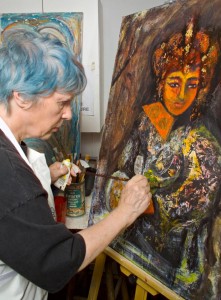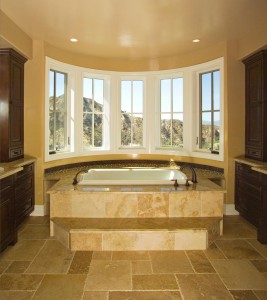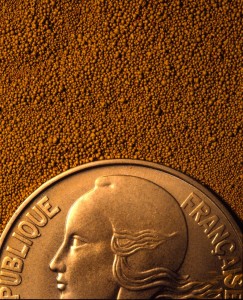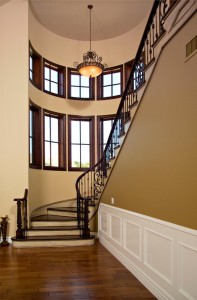 Here are the shameless plugs: my book Understanding and Controlling Strobe Lighting: A Guide for Digital Photographers
Here are the shameless plugs: my book Understanding and Controlling Strobe Lighting: A Guide for Digital Photographers is on Amazon.com. Here is a sample chapter from the book. There has been nothing buut good feedback on this book, so I would guess that you’ll like it. Of course I still hope that you will consider purchasing my fine art book B Four: pictures of beach, beauty, beings and buildings. Frankly purchases of this book mean a lot to me, and it is also a fine gift for any occasion. I lowered the price a couple of weeks ago, and that has helped. As you know I teach for BetterPhoto.com. I really hope you’ll sign up my class: An Introduction to Photographic Lighting. Sign ups continue for the current session, please sigh up now.
I don’t know when the Kodak company first used the phrase “You push the button; we do the rest” but it must have been in the early 1900s. The Kodak company made possible a new kind of amateur photography: where the camera operator didn’t need to know anything about the technical aspects of photography. This, I think, is the beginning of the idea that what you need to be a photographer is a “good eye,” not any level of technical excellence. In the last few weeks I’ve seen several posts in which real photographers are complaining about those amateur photographers who are ruining everything. I think we ought to take a look at this sentiment.
First who are the real photographers? Photography is the most popular hobby in the world. How many people
don’t try to take a picture sometime? I now have a camera in my phone, and I expect to have one in my next blender. Really I wouldn’t be surprised to see an oven camera that would e-mail you a picture of your food, so you could turn off the oven before it overcooks. Real photography is photography that communicates with pictures; that captures the memories of your days; and that sends pictures to Grandma. I would guess that without amateurs buying cameras we would still be using Speed Graphics, Rollieflexs and Nikon F cameras. These were cameras that were designed for professionals. Are there enough professionals in the world to pay for the design of a Canon 7D? Or consider it this way: a new Hasselblad H4D-60 costs $42,000, as much as new luxury automobile. A Canon Rebel XS costs just $550. I bet Canon is making more money. The thing professional photographers need to come to terms with is that Aunt Tilly, with her Nikon Coolpix, is the real photographer.
 Since I’ve been doing photography the goal of the camera manufactures is to make better images for more people, people like Aunt Tilly. These people are amateurs: they take photographs for themselves and to share with friends. They want to remember the moments of their lives in vivid ways. I am a professional photographer that is I make money with my camera. Not just $5 or 10 from the occasional stock photo, but a living. If I am going to continue to do that I need to do more that tell potential clients that I have a good eye. As the manufacturers make better cameras I need to have skills that Aunt Tilly doesn’t have.
Since I’ve been doing photography the goal of the camera manufactures is to make better images for more people, people like Aunt Tilly. These people are amateurs: they take photographs for themselves and to share with friends. They want to remember the moments of their lives in vivid ways. I am a professional photographer that is I make money with my camera. Not just $5 or 10 from the occasional stock photo, but a living. If I am going to continue to do that I need to do more that tell potential clients that I have a good eye. As the manufacturers make better cameras I need to have skills that Aunt Tilly doesn’t have.
Back when I used film I had equipment that amateurs didn’t have: a 4X5 and 8X10 camera and lights. Business was better then, people with Instamatic cameras didn’t shoot product. But now the graphic designer I used to work for frequently has a new Canon. Because not only has Aunt Tilly got a Coolpix, Bob the graphic designer has a 5D. If Bob can shoot the image he needs for that ad he won’t hire me. The cameras are easier to use, and the images are better, and often they don’t need a professional photographer.
 If we want to keep working, and I don’t know about you but I want to keep working, we have to bring more to the table than a good eye. I say this a lot, but what we have to do is be able to make pictures, not just take pictures. Aunt Tilly takes pictures. She finds something interesting and points and shoots. She’s like a walking scanner. Photographers need to be able to build a photo from concept to final image. This means you need to know how to create and control light, how to edit, how to work in Photoshop and how to work with a client. There are other things like framing and writing that can be helpful. If you’re doing these things on automatic, or if you’re sending them out, better look behind you to see if Aunt Tilly is catching up.
If we want to keep working, and I don’t know about you but I want to keep working, we have to bring more to the table than a good eye. I say this a lot, but what we have to do is be able to make pictures, not just take pictures. Aunt Tilly takes pictures. She finds something interesting and points and shoots. She’s like a walking scanner. Photographers need to be able to build a photo from concept to final image. This means you need to know how to create and control light, how to edit, how to work in Photoshop and how to work with a client. There are other things like framing and writing that can be helpful. If you’re doing these things on automatic, or if you’re sending them out, better look behind you to see if Aunt Tilly is catching up.
I added photographs that I used lights for this week. As I’ve mentioned lighting requires a considerable amount of craft, so Aunt Tilly won’t be catching up in this race any time soon.
I really hope you’ll consider taking my class at BetterPhoto.com. Sign-up are almost over, but if you sign up now you won’t miss a thing. I also hope you’ll suggest my BetterPhoto class An Introduction to Photographic Lighting to other photographers you know, or perhaps you’d like to give it as a gift? Amherst media sent me the cover for my second book, you can see it here, of course you can still look at my first book at Amazon .


[…] Follow this Link to read full stuff: http://siskinphoto.com/blog/?p=931 […]
Pingback by What is Real Photography? | deepetch blog — April 26, 2011 @ 5:22 am
[…] Follow this Link to read full stuff: http://siskinphoto.com/blog/?p=931 […]
Pingback by What is Real Photography? | Clippingshop blog — April 26, 2011 @ 5:55 am